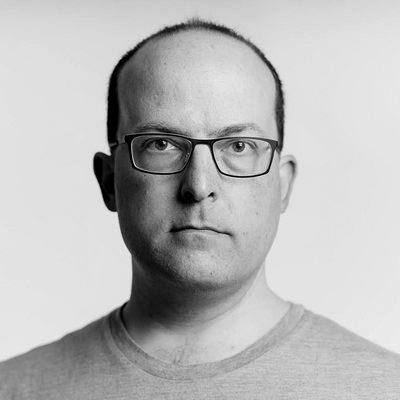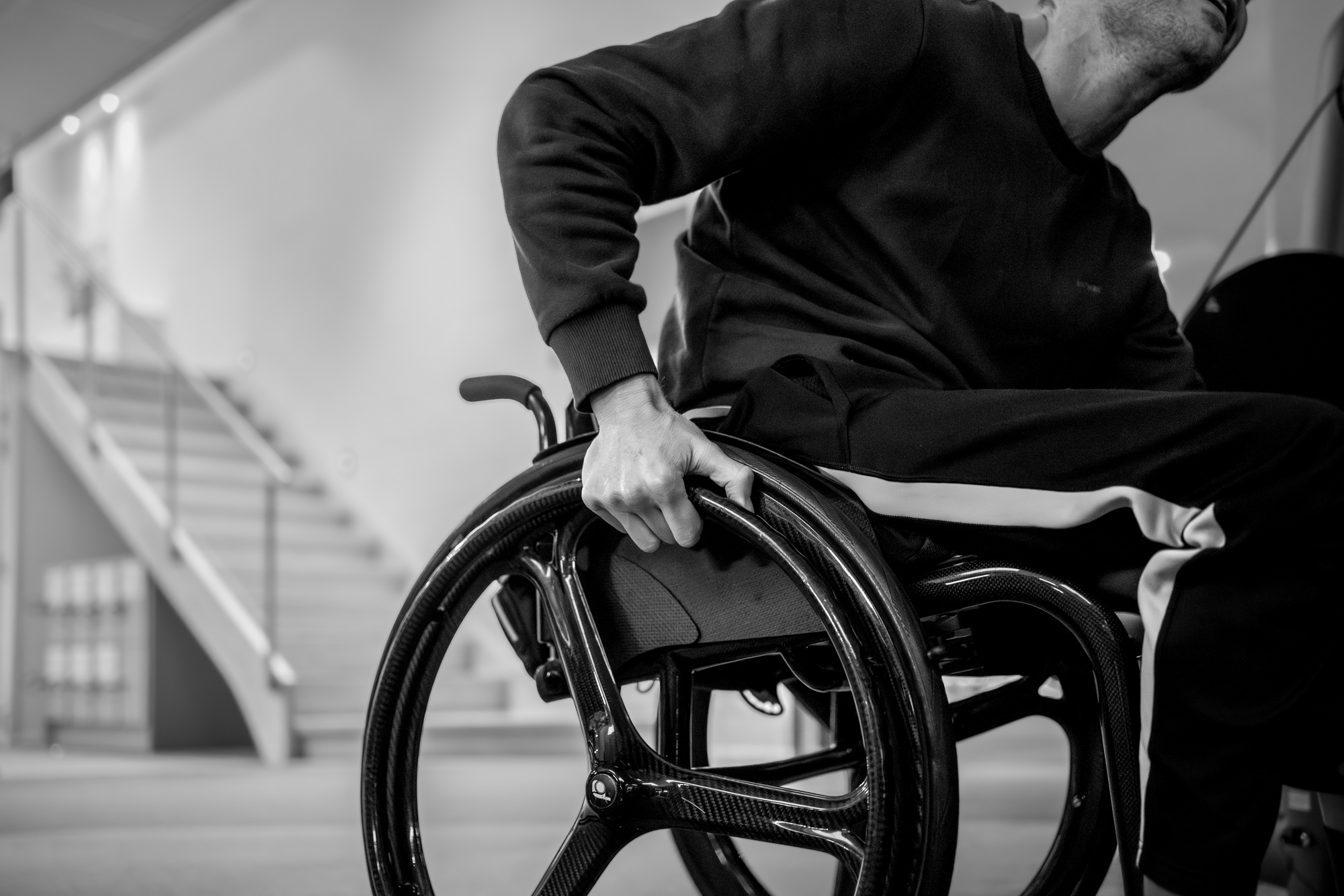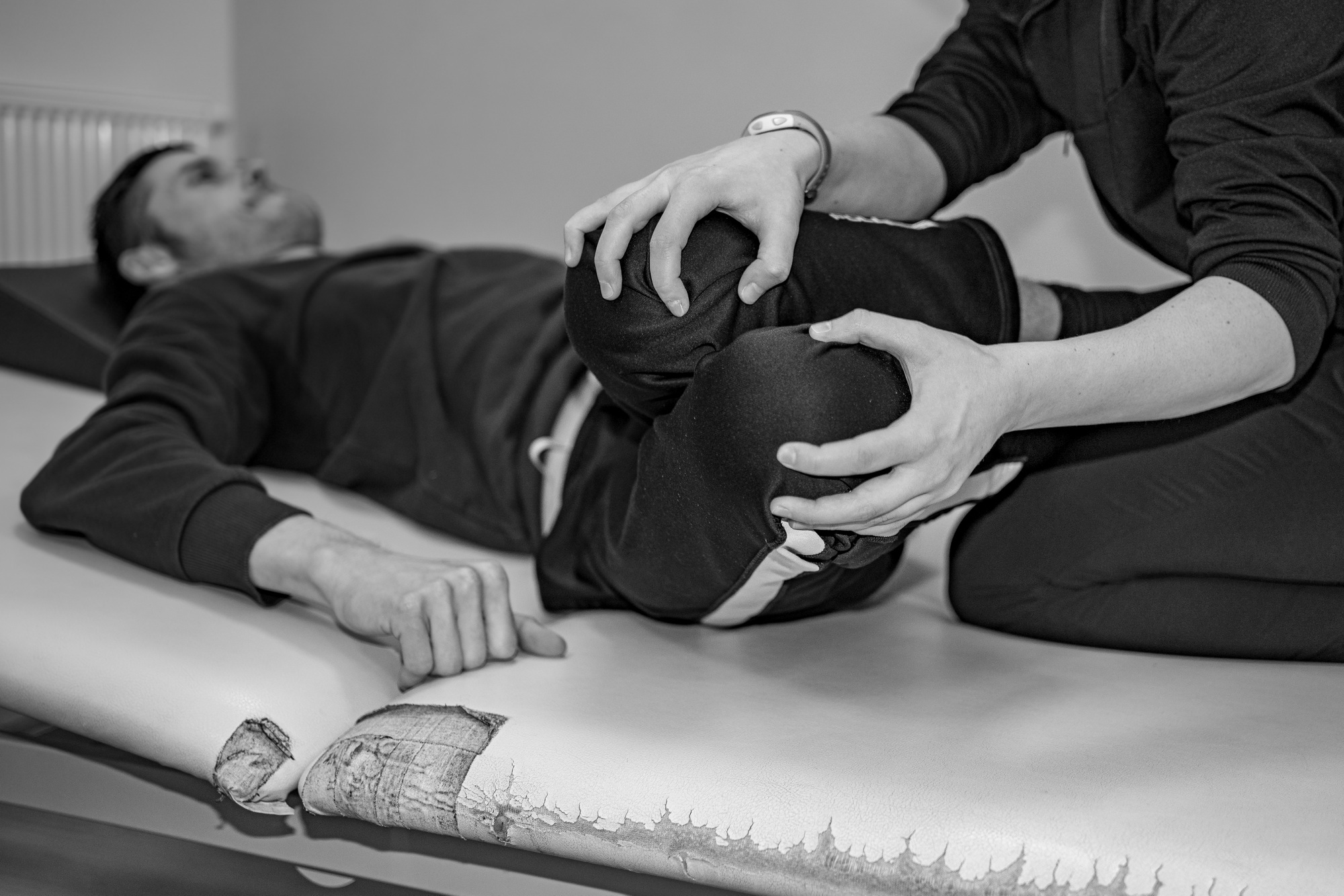To walk with wheels
Dries Theuwissen
RehaBBattle 2024
Wandelen met wielen – POI 32
Gortenstraat 35
3900 Pelt
GPS 51.19302° NB 5.38541° OL
Deze openluchttentoonstelling is te bekijken langsheen het belevingspad ‘Wandelen met wielen‘. Deze wandeling (blauwe route) heeft een lengte van 2 km en vertrekt aan het Revalidatie- en MS-centrum Noorderhart en het dienstencentrum De Klimroos.
Dries Theuwissen | RehaBBattle 2024
Dries THEUWISSEN (°1979) graduated as a Master in Modern History from the Catholic University of Leuven (BE) and the University of Granada (ES). A postgraduate degree in Business Administration completes his curriculum.
His -obvious- broad interests brought him professionally to a variety of environments, but a chronic illness put an early end to his career in 2014. Only recently has his situation stabilized, which, quite literally, enabled him to look forward again.
In the meanwhile, photography had become an important driver in his continuous rehabilitation, ideal for setting new goals and meeting his large appetite for new input. At CVO Volt he found a place to strengthen his knowledge and broaden his horizons.
Since 2023 he has been working as an independent photographer with regular assignments in event, portrait and reportage work. Ever hungry, his images are characterized by optimism and a fundamental curiosity about people and the world.
The series “RehaBBattle” is the first time his work is presented in an exhibition. His very first solo exhibition will be held in Leuven between June 21st – July 31st.
 +32 486 24 64 03
+32 486 24 64 03
doordries@gmail.com
www.doordries.be
RehaBBattle 2024
Out of sight of the outside world, Kim is fighting his battle against Multiple Sclerosis, but giving up is not in his vocabulary.
In this series, I have tried to depict some facets of what it means to have to fight a condition like MS. There is a hard, anonymous and impersonal side, in which the patient is at the mercy of cold, steely machines. He has to keep fighting to keep from deteriorating. We see the obstacles he faces and we are confronted with his dependency. This is where he is most vulnerable. Gradually, he gains a face of his own and we feel the warmth permeating the caring hands that surround him. There is no escaping his unbeatable optimism: he acknowledges what can no longer be done, but looks mainly at what can still be done.
I was struck by the intensity and strength with which he tackles his rehabilitation, and I have tried to convey this with this series.
Behind the facades of hospitals and rehabilitation centres, people work very hard.
Dries Theuwissen






